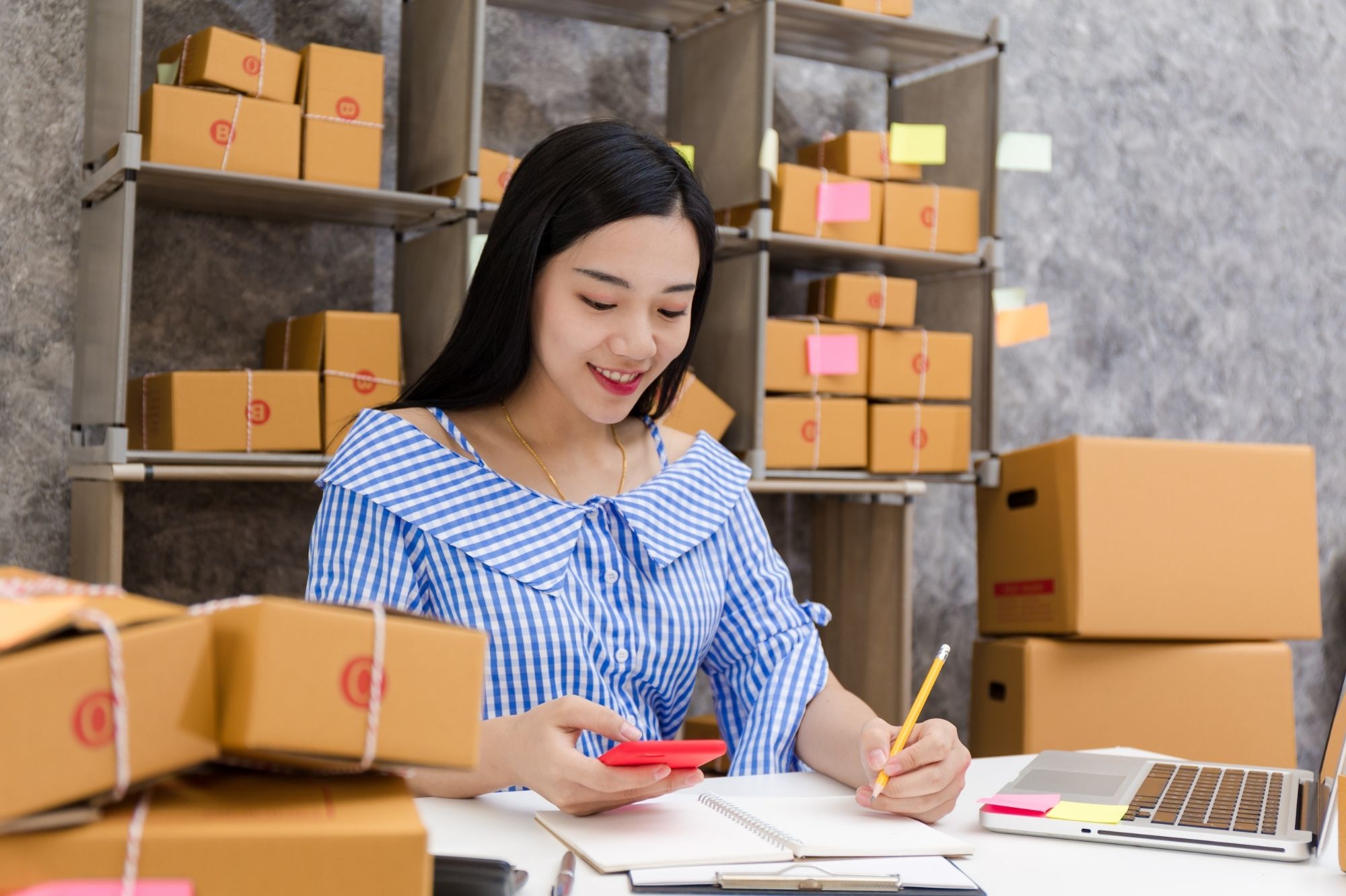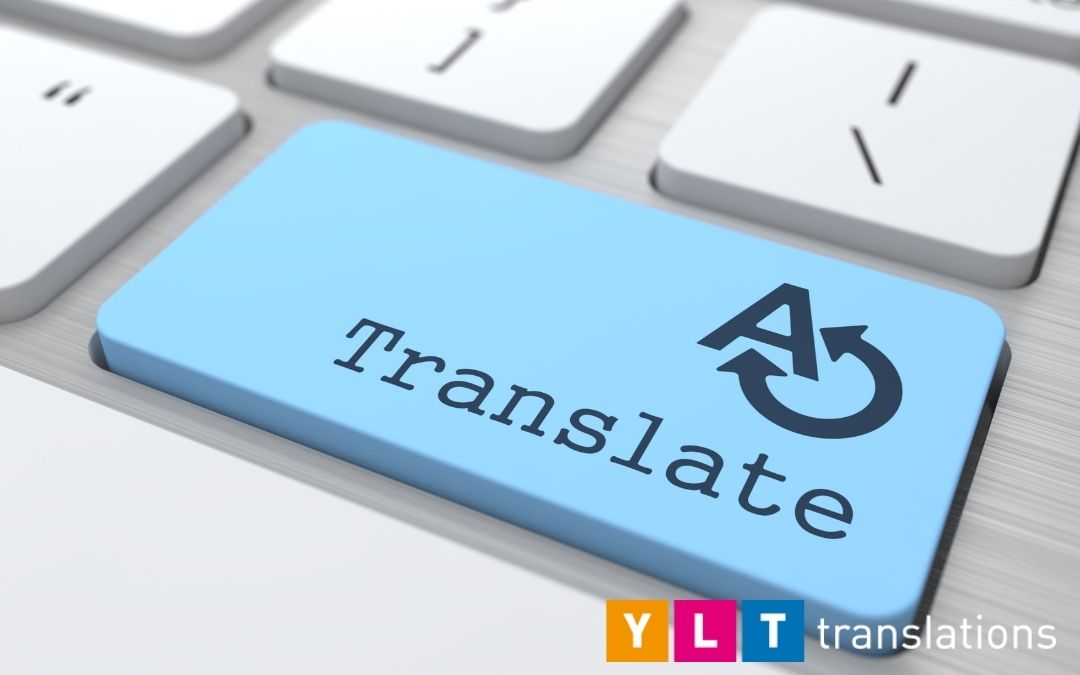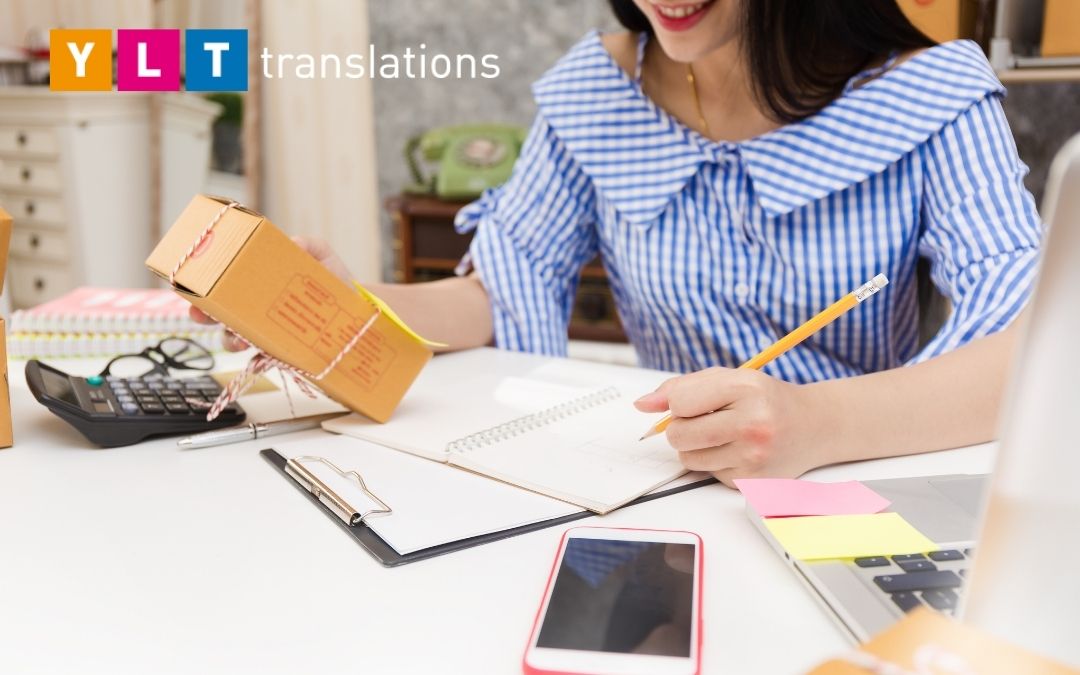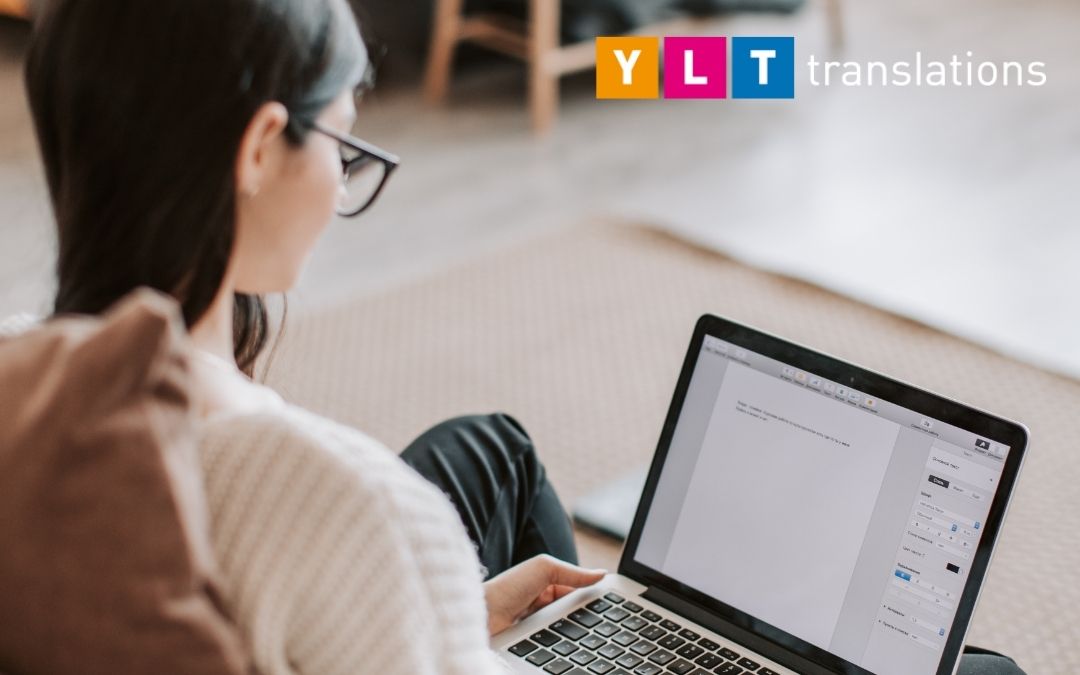Product Packaging is an often overlooked part of the total sales experience you’re providing to your Amazon FBA customers. The care and attention to detail that you as an Amazon seller put into your Amazon products packaging are directly related to your product’s success. It’s important to choose the right colors, the right words, and the right tone to provide your potential customers with an understanding of your brand.
Is your brand quirky and whimsical? Or is it modern and professional? Your product packaging does a lot of the heavy lifting when it comes to telling the story of your product. This is doubly true when you are entering into new markets. Each new market will have its own regional dialect, if not its own language. It’s extremely important to make sure that all of the hard work you do to sell your brand through packaging comes across in every market you enter. Having the correct translation can mean the difference between success and failure, and so can having the best translation service.
Let’s take a look at what goes into making the perfect product packaging and what we need to know in order to translate our packaging for different markets.
How to Create the Perfect Packaging for Your Amazon Product
Your packaging should be simple, and visually appealing. You should also make sure that it adheres to your brand standards. This means you should make sure that all of your products include your brand name, branded colors, and logo. These components together make up your brand’s visual identity. You can sum this information up in what is called a brand guide which outlines your fonts, colors, and brand attributes in one easy-to-follow guide for present and future use.
This is something you may want to hire a professional for, or if you are comfortable working on it yourself you can use a free graphics program like Canva. Online tools like this are easy to use and provide excellent guidance for anyone new to graphic design, or enough versatility for those with more experience.
You should know that Amazon has extremely stringent Amazon list and image requirements. All products must appear alone against a white background. Knowing this, it’s best to choose branding that helps your product pop out against this backdrop. Bright colors, simple design, and minimal writing are important for effective packaging.
It’s also a good idea to include one or two simple selling features on your packaging. This way your customers will have another opportunity to learn about your product simply by looking at the photo. The inclusion of this type of marketing content means you will definitely need to make sure that you hire professional translation services to ensure these statements are still relevant in all of your markets.
Your packaging must also adhere to Amazon’s Packaging requirements, this has more to do with how you send your product to Fulfillment by Amazon (FBA) and how it will be shipped to your customer. Packaging must be self-contained and sets cannot come separately. Make sure you take the time to learn about these requirements.
You will also need to make sure your packaging includes a Fulfillment Network Stock Keeping Unit (FNSKU) This is the Amazon-specific barcode. You can print these off from seller central. Click the ‘merchant’ tab under the ‘who labels’ column and then simply click the ‘print labels for this page’ button in order to print out as many FNSKU’s as you need. Make sure to cover up any other barcodes. Most markets will require you to have a country of origin sticker on the outside of your packaging.
Perfect Copy for the Perfect Package
Now that the outside of your packaging looks great and is up to standard, what about the inside of your packaging? This is where you will also find information about inserts. Inserts are extremely important and are used to provide your customers with useful information about your brand and your product, and it’s a good idea to use product translate inserts to speak to your specific regional audience.
DO Include
- A Thank-you to your customer
- Product Instructions
- Warranty and Guarantee information
- Neutral request for a review
- Social Media Information
DON’T Include
- Manipulative requests for reviews
- Cherry-picked reviews
- Incentivized requests for reviews
This is A LOT of information and a lot of writing. Striking the right tone and choosing the best words to use is key and you may want to hire a professional copywriter like YLT Translations translation agency writers. Copywriters are trained in effective sales copy and know how to use effective wording on your packaging to pique the interest of your potential buyers.
Depending on how many different markets you’re selling to, inserts are another part of your total customer experience that can benefit from the use of a translation company. It’s important to make sure that all of the relevant information is accessible to your customers no matter what language they speak.
Using language translation services with specific experience in the markets you’re selling to makes all the difference.
You might be tempted to look at a one-off amazon translation service on Fiverr or Upwork, however, it is very difficult to make sure that the person you’re hiring understands the regional dialect in a way that helps you reach your market effectively. A Spanish speaker from Chile might translate your product information effectively for Spain but will undoubtedly miss the regional nuance. In order to make sure you have the right person for the job, you may have to spend way more time. Time that could be used to look after your selling.
Language and Tone vary widely in different regions. For instance, asking a customer for a review might come across as neutral in one region, but rude or demanding in another. Using a professional, local translation agency will go a long way towards ensuring you don’t make those kinds of mistakes.
Translation services can also offer practical advice about different regions to help your amazon product listing have the biggest impact. For instance, in Japan customers have a much higher expectation when it comes to packaging and Inserts. A knowledgeable listing translation service will be able to point out what you’re doing right and what can be improved in each market.
Final Thoughts
We’ve taken a look at what makes your packaging stand out and why it’s so important to have the right people on your team. Using a Professional translator is an often overlooked, but vital part of your marketing strategy, specifically when expanding into new markets.
Take a look at YLT Translations and see how we can help you improve your translations and your sales!



